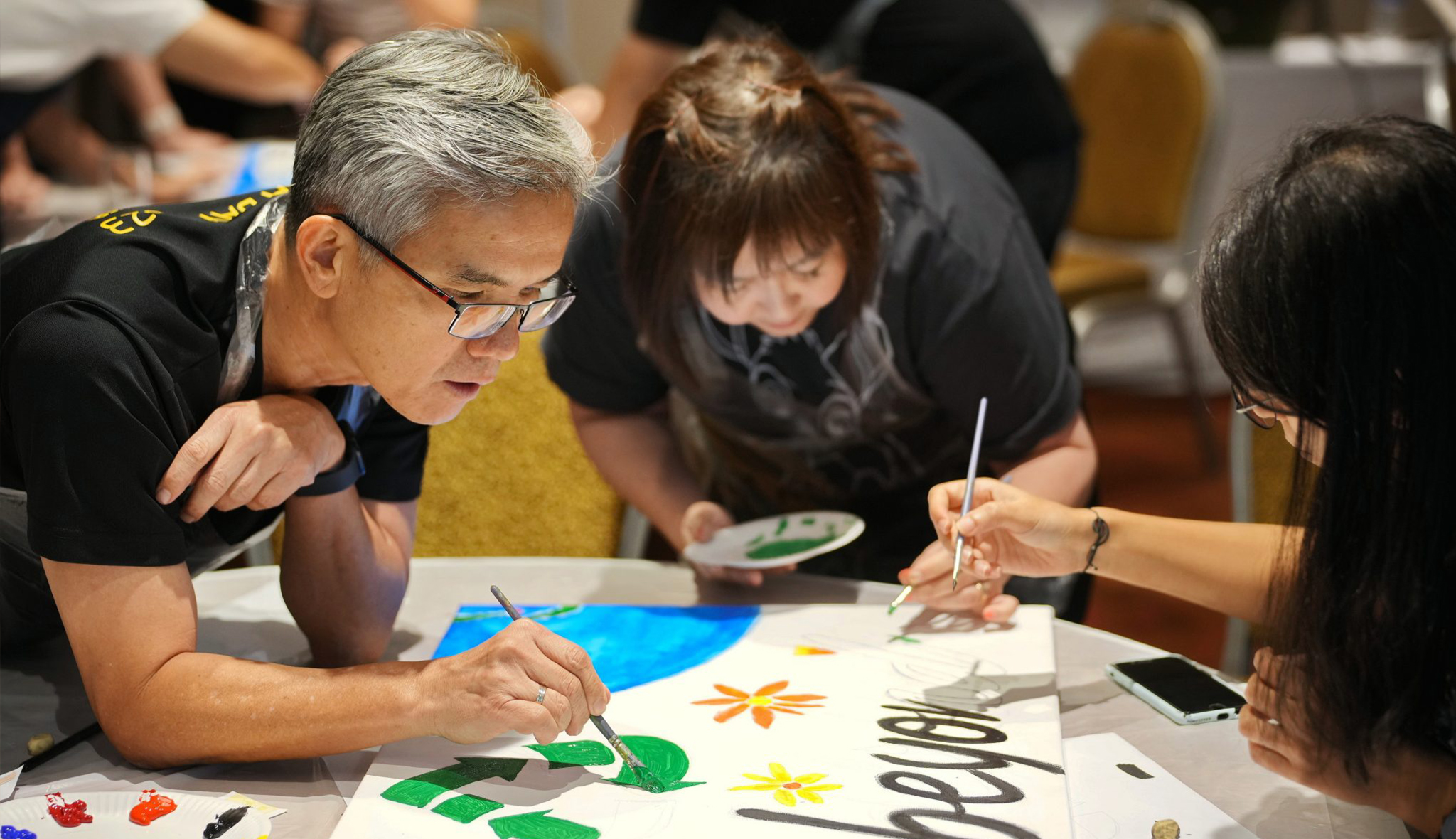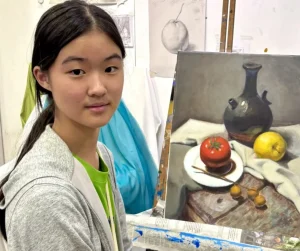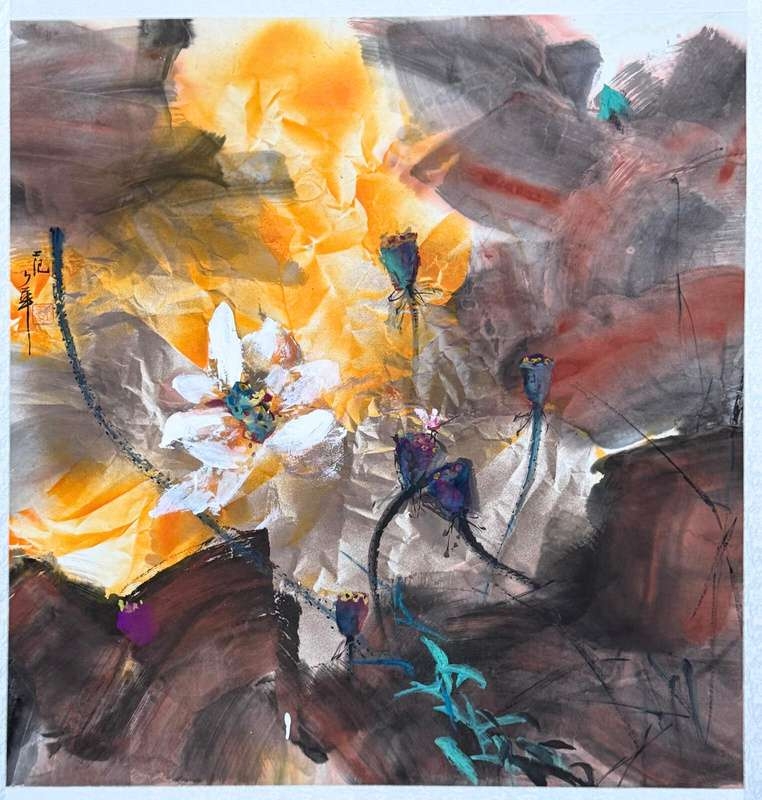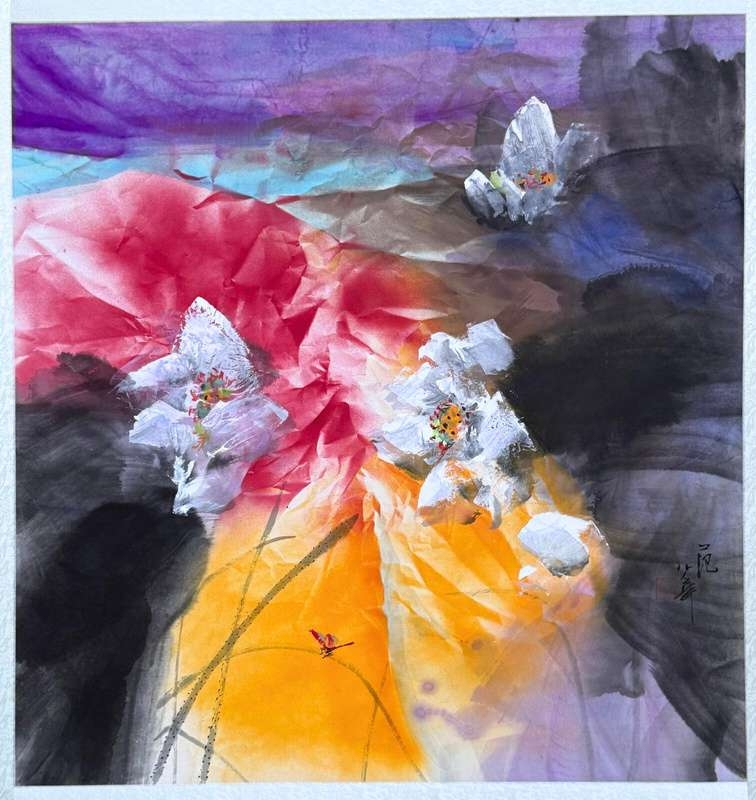Acrylic Painting on Canvas Team Bonding Art Jamming Singapore Visual Arts Centre
























Yeo Hoe Koon
Oil on Canvas
64 x 89.5 cm
Price Range: $16,000 - $20,000

Yeo Hoe Koon
Oil on Canvas
101 x 123 cm
Price Range: $26,000 - $32,000

Chen Wen Hsi
Chinese Ink and Color on Paper
50 x 54cm
Price Range: SGD $42,000 - $50,000

Cheong Soo Pieng
Red Tone
61 x 91.5cm
Price Range: SGD $108,000 - $138,000

Cheong Soo Pieng
Abstract Landscape
50 x 61cm
Price Range: SGD $95,000 -$128,000

Fan Shao Hua
Chinese Ink and Colour on Paper
100 x 100cm
Price Range: SGD $9,800 - $14,800

Fan Shao Hua
Chinese Ink and Colour on Paper
100 x 100cm
Price Range: SGD $8,800 - $13,800

Join us in our upcoming SPECIAL MOTHER’S DAY BATIK HANDKERCHIEF WORKSHOP 2024 on 4 May, Saturday from 3.30pm-5.30pm at our Macpherson Art Studio! This course is suitable for students 10 years old and above!

Design and creating your own Batik handkerchief:
Date & Time: 4th May ( Sat) 3.30pm-5.30pm
Duration: 2 Hours
Venue: VAC MacPherson Art Studio
Price: $85nett/pax & Special price at $160nett for 2pax
All materials will be provided including a 30cm x 30cm handkerchief.
Suitable for students 10 years old and above


The earliest evidences of Batik art can be found in many parts of the world – Far and Middle East, Central Asia and India from more than 2,000 years ago. Batik art is an ancient tradition in Indonesia and has been taught for many years. It has also been crowned as the UNESCO Heritage piece of Intangible Heritage.
Here are some facts about the beautiful art of batik!
Batik – back refers to titik, a dot, or a drop. This refers to the wax dots that make up the pattern.

Image adapted from Oemah Entik
In making batik art, there is no pen and paper involved. Artisans use cloth instead of paper, and wax instead of ink. When beginning a piece of batik work, one draws a sketch using pencils of the design desired. Then, he uses a wax funnel – a tjanting, filled with hot melted wax, to trace over the patterns on the cloth. This type of batik art is known as batik tulis – which means writing, completely using wax by hand with the tjanting tool. From this method, you can see the changes in the variation in size and shapes of the wax flowing.

Image adapted from Kids Kiddle
Another method of batik would be to use a cap, a tool mainly made of copper, to print a the wax pattern on the cloth directly, without having to draw a pattern or to use a tjanting. Although this seem to be faster to do, this method is actually not easy to do as well!

The last type of batik art is batik kombinasi, which means combing both techniques on one cloth. Using the cap to print a main design, then add on the details using the tjanting.

After the wax process, one would dip the cloth into a bucket of dye, or use a paintbrush to brush on the dyes. Different colours can be applied on the cloth to make it more vibrant and colourful.

When the colouring is done, heat is applied to the cloth to remove the wax. This is so that the waxed areas will leave a white space. Selected areas of the cloth will be blocked out by the hot wax, and the other areas would be coloured using the dyes.
Did you know that different places of Indonesia have different types of batik? Javanese women make batik art as a livelihood, and there are certain cultural traditions that certain people can wear certain types of batik art.

Example of Batik Solo
There are many many types of batik – Sekar Jagad, Batik Kraton, Batik Solo, Batik Jepara and many more! These different styles and types of batik art are made from different artisans from various parts of Indonesia.

Batik has been spread all across the world – to be known all over the world. Many famous celebrities have also started to wear clothing in the rest of the world. There are different types of batik garments, the most popular being the batik kain panjang. This is a piece of cloth garment that is wrapped around the body and worn every day.
However, in recent years, more people tend to wear batik for special occasions only.

2nd October is the day that Indonesians celebrate National Batik Day! This day was used to commemorate batik pieces for successfully becoming one of the Intangible Heritage of Humanity by UNESCO. It took many years to get the recognition from the international world, thus, National Batik Day is definitely worth celebrating!
Ideas adapted from:
Batik Winotosastro: http://www.winotosastro.com/batik/whatisbatik.html
Facts of Indonesia: https://factsofindonesia.com/facts-of-indonesian-batik
Kids Kiddle: https://kids.kiddle.co/Batik
Join us in our upcoming SPECIAL MOTHER’S DAY BATIK HANDKERCHIEF WORKSHOP 2024 on 4 May, Saturday from 3.30pm-5.30pm at our Macpherson Art Studio! This course is suitable for students 10 years old and above!


Address: AZ@Paya Lebar, 140 Paya Lebar Road, #03-04, Singapore 409105
Exit from Macpherson MRT Station Exit A and turn left, we are right across the road, 1 minute walk away!
|
|
|||||||||||||||||||||||||||||||||||||||||||||||||||||||


SAT |
10:30am - 12:45pm1pm - 3pm
|
SAT |
|
10:30am - 12:45pm1pm - 3pm
|
|



Address:
10 Penang Road, #01-02 Dhoby Ghaut Green,
Singapore 238469
Exit from Dhoby Ghaut MRT Station Exit B and turn left, we are there in 30m!

Address:
AZ@Paya Lebar, 140 Paya Lebar Road, #03-04,
Singapore 409105
Exit from Macpherson MRT Station Exit A and turn left, we are right across the road, 1 minute walk away!
Have any questions? Please drop us an enquiry form and we’ll respond to you as soon as we can!
"*" indicates required fields
Click and get to our WhatsApp
Embark on a captivating journey into the vibrant world of digital art! Our Foundation in Digital Art workshop invites budding creatives aged nine and above to unleash their imagination and hone their artistic skills in a dynamic, supportive environment. From mastering basic digital tools to crafting mesmerizing digital masterpieces, children will explore a spectrum of techniques guided by seasoned mentors. Through hands-on activities and interactive sessions, participants will discover the endless possibilities of digital expression while fostering creativity and critical thinking. Join us for an exhilarating adventure where young artists transform ideas into stunning visual realities, igniting a passion for digital art
In the Batik Introduction Handkerchief Painting workshop, participants will learn the traditional art of batik, a wax-resist dyeing technique originating from Indonesia. The workshop begins with a brief history and overview of batik, highlighting its cultural significance and various techniques. Participants will then observe a demonstration of applying wax with tjanting tools and dyeing the fabric. Following the demonstration, each participant will design and create their own batik handkerchief, applying wax to create patterns and then dyeing their fabric. The workshop concludes with a group discussion, allowing participants to share their creations and reflect on their learning experience.